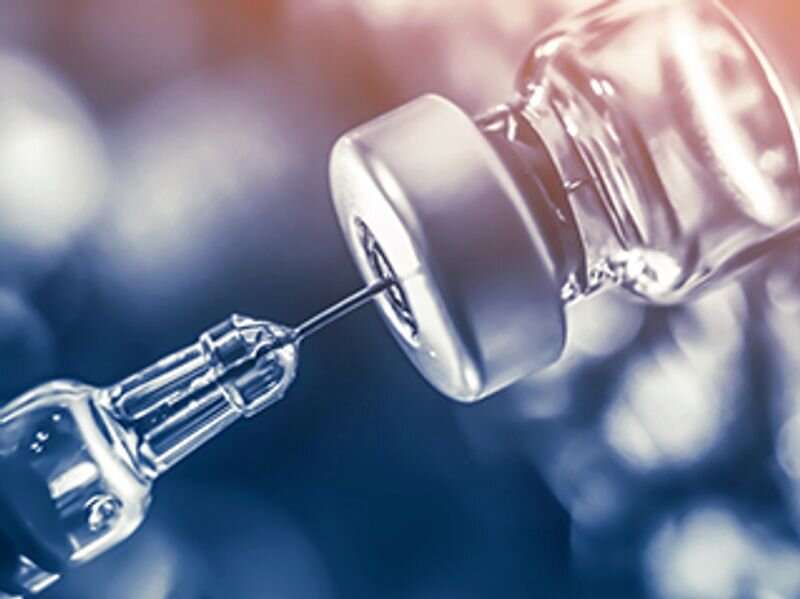COVID-19 vaccination intent increased from September to December 2020


(HealthDay)—From September to December 2020, there was an increase in COVID-19 vaccination intent, according to research published in the Feb. 9 early-release issue of the U.S. Centers for Disease Control and Prevention Morbidity and Mortality Weekly Report.
Kimberly H. Nguyen, Dr.P.H., from the CDC National Center for Immunization and Respiratory Diseases in Atlanta, and colleagues examined perceptions toward COVID-19 vaccination among a representative sample of U.S. adults in September and December 2020.
The researchers found that vaccination intent (defined as being absolutely certain or very likely to be vaccinated) increased overall from September to December, from 39.4 to 49.1 percent, and increased from 61.9 to 68.0 percent if defined as being absolutely certain, very likely, or somewhat likely to be vaccinated. Among all adults and most sociodemographic groups, there was a decrease in vaccination nonintent observed, from 38.1 to 32.1 percent. The likelihood for reporting lack of intent to receive a COVID-19 vaccine was increased for younger adults, women, non-Hispanic Black persons, adults living in nonmetropolitan areas, and adults with lower educational attainment, with lower income, and without health insurance. Increases in intent to receive COVID-19 vaccine were seen among adults aged 65 years and older (from 49.1 to 66.2 percent), among essential workers (from 37.1 to 45.9 percent), and among adults aged 18 to 64 years with underlying medical conditions (from 36.5 to 41.8 percent).
Source: Read Full Article